Ear Training for Musical Creativity By Improvise for Real
$150.00 Original price was: $150.00.$32.00Current price is: $32.00.
Improvise for Real Ear Training for Musical Creativity Course [Instant Download]

What is Ear Training for Musical Creativity?
Improvise for Real Ear Training for Musical Creativity teaches you how to recognize any note or melody by listening. No sheet music or perfect pitch needed.
The video course shows you how to identify musical sounds naturally through real songs, helping you play what you hear in your mind.
You’ll learn to jam with other musicians, improvise freely, and play any song in different keys just by using your ear. This practical approach helps you create music more intuitively.
📚 PROOF OF COURSE



What you’ll learn in Ear Training for Musical Creativity:
Learn to understand music in a natural, step-by-step way. Here’s what you’ll learn in 10 lesson form this course:
- Listen and Play: Learn to identify notes and melodies in real songs you love
- Create Music Freely: Turn the music in your mind into real sounds on your instrument
- Play by Ear: Pick up any song and play it in different keys without sheet music
- Connect with Musicians: Learn to respond musically when playing with others
- Express Yourself: Play the music you imagine without getting stuck
By the time you finish, you’ll understand musical sounds naturally and play more confidently and creatively.
What is Improvise for Real?

David Reed, a jazz musician and teacher, founded Improvise for Real (IFR) to help musicians learn ear training and improvisation naturally.
After years of teaching jazz, Reed created a method that skips traditional drills. Instead, he focuses on helping musicians understand music through real playing and creative expression.
IFR has taught thousands of musicians worldwide to improvise better. The program makes learning music easier by breaking complex ideas into simple steps anyone can follow.
Musicians and teachers praise IFR’s practical teaching style. The method helps students overcome common struggles with ear training and improvisation, showing real results.
Be the first to review “Ear Training for Musical Creativity By Improvise for Real” Cancel reply
Related products
Arts & Hobbies
Arts & Hobbies

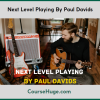
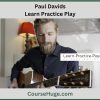



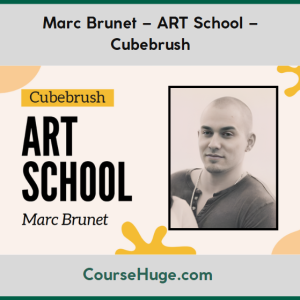
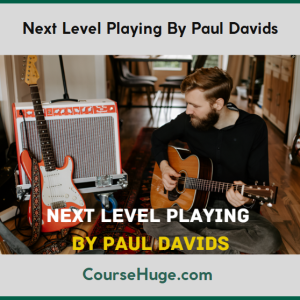
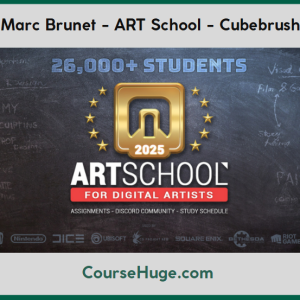

Reviews
There are no reviews yet.